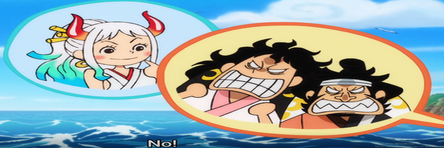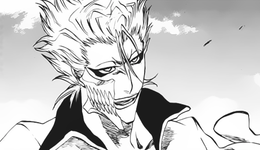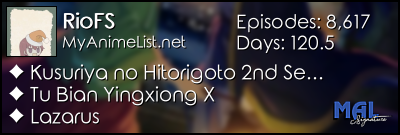The forum is not a place for lectures, and I am not a researcher. Nor am I a preacher trying to spread a particular religion, but I can explain Shoukan's background and thought from the perspective of the Buddhism in this period. Let me tell you about it at some length.
The common phrase 『南無阿弥陀仏』"Namu Amida-butsu" is called "nenbutsu (念仏)," which means "I devote all myself to Amida Buddha." Unlike lengthy sutras, it was widely spread even among the lower classes of society, since only the name of the Buddha needed to be remembered and chanted repeatedly and sincerely.
In ancient Japan, the emperor was responsible for managing national crises through prayer. In the 7th century, Buddhism, which had been supported by the people in some southern regions, was introduced as a national project to prevent more severe disasters. Therefore, it was exclusively the faith of the nobles who were in the upper echelons of state administration.
During the Heian period (10th-12th century), Buddhism was supported competitively by aristocrats. However, temples that gained power through high donations became corrupt and interfered with political power, while the struggles led to the devastation of society and warfare. In addition, natural disasters, famines, and epidemics broke out. Buddhism lost its religious prestige among the common people, who became its victims.
After the upheavals, new schools of Buddhism emerged one after another around the time of the establishment of the Kamakura Shogunate (the end of the 12th century). Since most of them did not require strict precepts, ascetic practices, or endowments and could be practiced in secular life, they spread to the common people who even could not read. Buddhism, which saves the people, expanded its power instead of Buddhism, which protects the state.
Zen, which pursues mental clearness, was preferred by samurais, who were practitioners of the martial arts and lived on the self-help principle.
Amida (Amida Nyorai 阿弥陀如来, Amitabha) is the foremost Buddha in Pure Land Buddhism. In Kamakura, there's still a 13-meter-high bronze statue of Buddha erected during the Shogunate period. This is the very image of Amida Nyorai.
Amida has the ability and intention to save all beings and all souls. The only act necessary to be saved is to chant "Namu Amida-butsu."
This is the point. "All beings" includes all lifeforms, those who doubt their faith, excommunicate monks, and even those who are defined as "akunin."
The modern interpretation of "akunin(悪人)" is "bad one," but here it means "one who realized that who is unable to judge right from wrong by self and found the only way to salvation is to rely on Amida." From the Buddha's perspective, all people are equally "akunin". Since Amida can save anyone unconditionally, The Pure Land school taught that the "akunin," those who have been removed from the protection of other Buddhas, are the ones Amida seeks to save.
Then there were those who thought that it was okay to live according to one's desires or commit atrocities in this life, since salvation after death was promised as long as one recited the "Namu Amida-butsu" prayer. Shoukan is depicted as an extreme example of such a selfish villain.
In modern times, "akutou(悪党)" also means "gangs that are harmful to society," but in history, the term was used by lords (nobles and temples) and authorities for "rebels against the ruling power that caused disturbances." Some were samurais, and some were peasants.
Shoukan has a real-life model (whether he committed the atrocities described in the show is not well known). His name was Hirano Shigeyoshi(平野重吉), and he was a high-ranking samurai in the service of a nobility. When he was asked by a large temple to suppress the activities of akutous, he had a dispute over the negotiation of rewards. It made his position worse, he gave up his position and finally joined himself as an akutou. In some historical records, he later joined the side of Emperor Godaigo in an attempt to defeat the Kamakura Shogunate, but surrendered. He was executed after the Shogunate broke his promise to spare his life. Sometimes, he was mentioned as "Shougen Nyudou(将監入道)." "Shougen(将監)" is a commanding officer samurai. Often misread as "Shoukan," this probably inspired the author to nominate the villains pseudonym "Shoukan(瘴奸: literally, a mergence of "a sickly, poisonous vapor", and "unrighteous person"). "Nyudou(入道)" is a shaven-haired Buddhist monk. The depiction of this scum as a skinhead may have been intended to represent the appearance of a Buddhist monk who has broken the precepts.
I have no clues about the ants. 🐜















